Increase Conversions with A/B Testing CTA Buttons

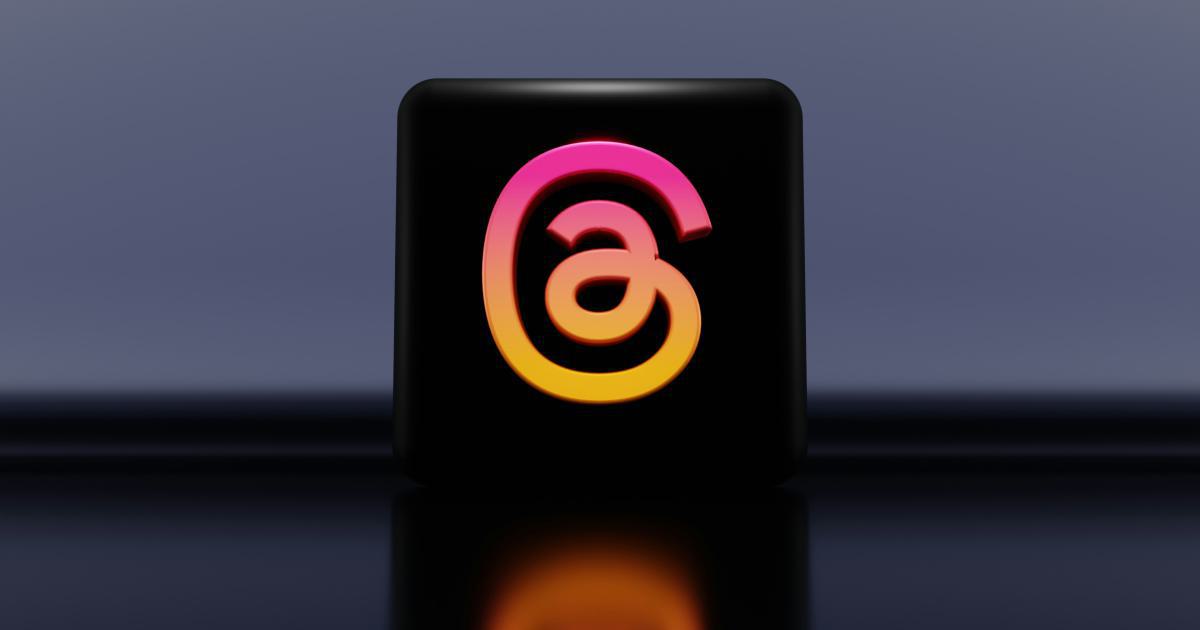
Introduction: Optimizing Conversion Rates with A/B Testing
In the world of digital marketing, where every click and conversion counts, A/B testing has emerged as a powerful tool for optimizing website performance and driving better results. One of the most critical elements in this optimization process is the call-to-action (CTA) button, which plays a crucial role in guiding users towards the desired conversion actions.
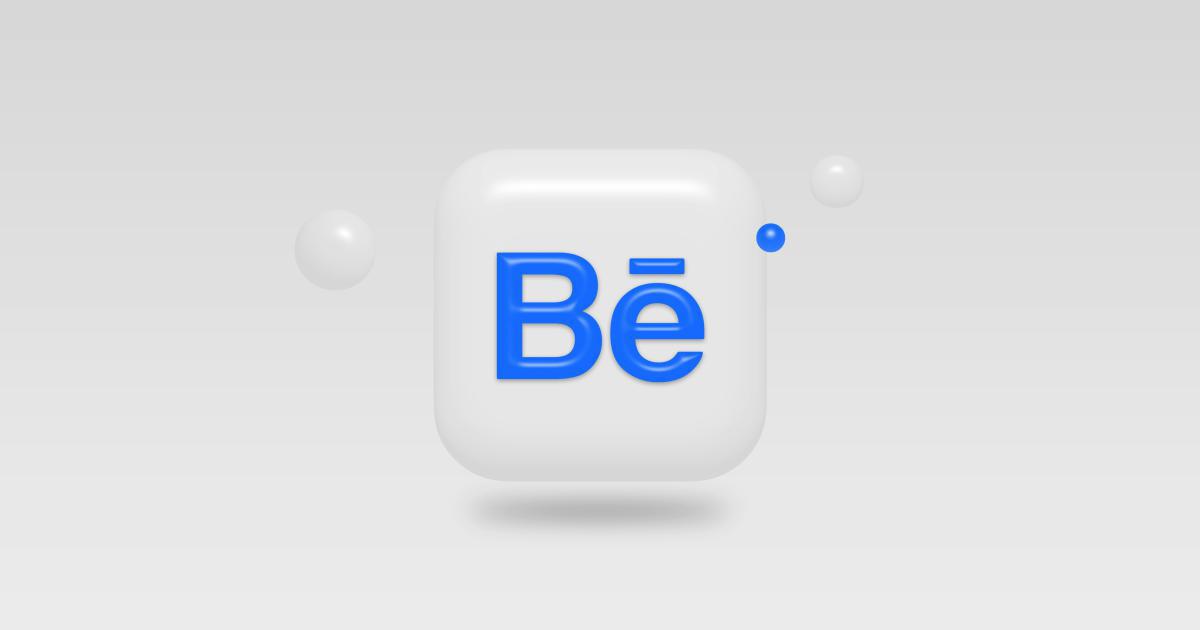
A/B testing CTA buttons involves creating two or more variations of a button and testing them against each other to determine which one performs better in terms of click-through rates, conversions, or other relevant metrics. By systematically evaluating the impact of different button designs, copy, placement, and other factors, marketers can make data-driven decisions to enhance the effectiveness of their CTAs and, ultimately, increase overall conversion rates.
In this comprehensive article, we'll dive deep into the world of A/B testing CTA buttons, exploring the principles, strategies, and best practices that can help you unlock the full potential of your website's conversion funnel.
Understanding the Importance of CTA Buttons
The call-to-action button is a fundamental element of any website or digital marketing campaign. It serves as the final step in the conversion process, guiding users to take the desired action, whether it's making a purchase, subscribing to a newsletter, or completing a form.
The Role of CTA Buttons in Conversion Optimization
CTA buttons are the gatekeepers of conversions, playing a crucial role in the overall user experience and the success of your marketing efforts. Effective CTA buttons can:
- Increase Engagement: Well-designed CTA buttons can capture the user's attention and encourage them to take action, leading to higher engagement and better conversion rates.
- Improve Clarity: Clear and compelling CTA buttons help users understand what they should do next, reducing confusion and friction in the conversion process.
- Boost Conversions: Optimized CTA buttons can significantly impact the number of users who complete the desired action, ultimately driving more sales, leads, or other valuable conversions.
- Enhance User Experience: CTA buttons that are strategically placed, visually appealing, and easy to interact with can contribute to a positive user experience, encouraging repeat visits and loyalty.
The Importance of A/B Testing CTA Buttons
While the importance of CTA buttons is well-established, the key to maximizing their effectiveness lies in A/B testing. By testing different variations of CTA buttons, marketers can:
Identify the Best-Performing Design: A/B testing allows you to compare the performance of different button designs, layouts, colors, and copy to determine which one resonates most with your target audience.
Optimize for Specific Metrics: Testing CTA buttons helps you focus on the metrics that matter most, such as click-through rates, conversion rates, or revenue generated, and make informed decisions to improve those metrics.
Continuously Improve: A/B testing is an iterative process, enabling you to continuously refine and optimize your CTA buttons based on user behavior and feedback, ensuring that they remain effective over time.
By embracing the power of A/B testing, you can transform your CTA buttons into highly effective conversion drivers, ultimately driving more sales, leads, and revenue for your business.
Principles of Effective CTA Buttons
Before delving into the process of A/B testing CTA buttons, it's essential to understand the fundamental principles that govern the design and implementation of effective call-to-action buttons.
Clarity and Simplicity
The primary purpose of a CTA button is to guide the user towards a specific action, so it's crucial that the button's message is clear and straightforward. Avoid using vague or confusing language, and instead, opt for concise and action-oriented copy that leaves no room for ambiguity.

Visually Appealing Design
The visual appearance of your CTA button can greatly influence its performance. Ensure that the button stands out from the surrounding content, using contrasting colors, eye-catching shapes, and appropriate sizing to draw the user's attention.

Prominent Placement
The placement of your CTA button is crucial in determining its visibility and accessibility. Position the button in a prominent location, where users are naturally drawn to interact with it, such as at the end of a section, above the fold, or near relevant content.
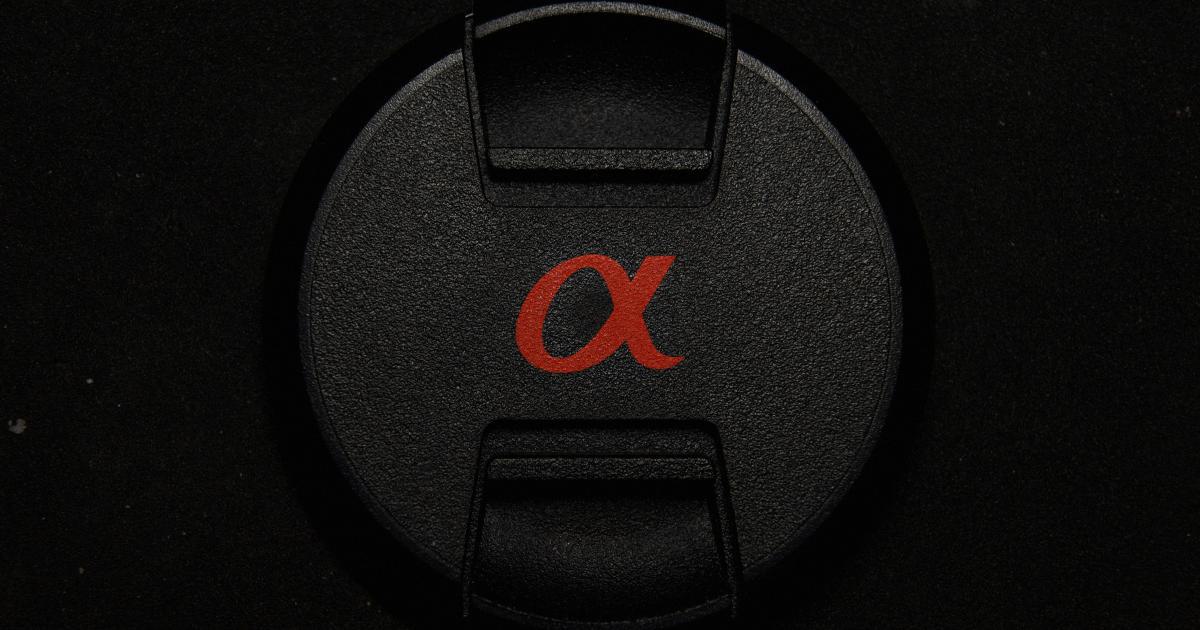
Compelling Copy
The copy used on your CTA button can significantly impact its effectiveness. Craft compelling, action-oriented language that resonates with your target audience and encourages them to take the desired action. Consider using words like "Get," "Try," or "Shop" to create a sense of urgency or opportunity.
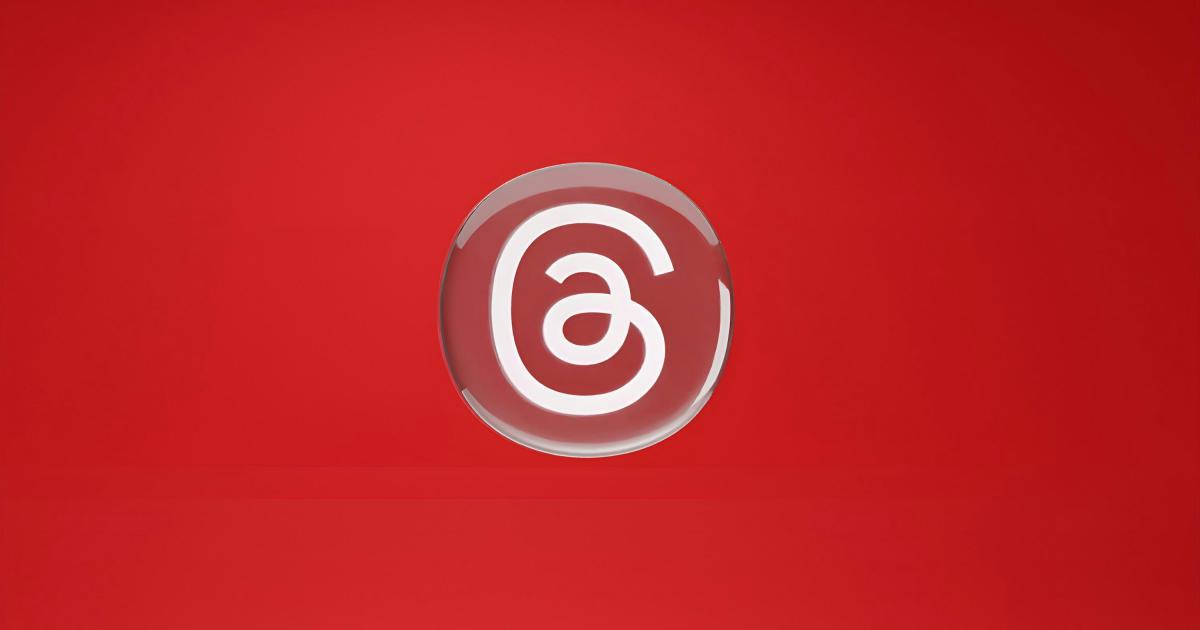
Consistency with Brand Identity
Ensure that your CTA buttons are consistent with your brand's visual identity, including colors, fonts, and overall design aesthetic. This helps to create a cohesive user experience and reinforces your brand's recognition.

By adhering to these principles, you can create CTA buttons that are not only visually appealing but also highly effective in driving user engagement and conversions.
Conducting Effective A/B Tests for CTA Buttons
Now that we've established the importance of CTA buttons and the principles that govern their design, let's dive into the process of conducting effective A/B tests to optimize their performance.
Identifying Testing Opportunities
The first step in your A/B testing journey is to identify the CTA buttons that have the greatest potential for improvement. Look for areas on your website where the current CTA button may not be performing as well as you'd like, or where you suspect there may be opportunities for optimization.
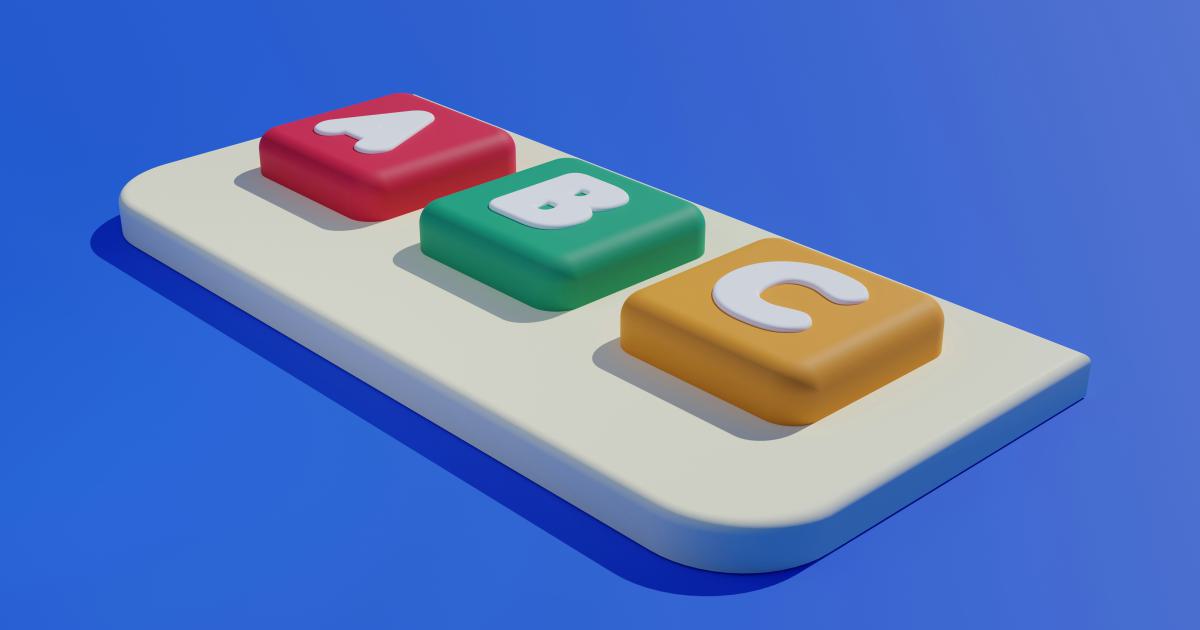
Consider factors such as:
- Low click-through rates
- High bounce rates
- Inconsistent conversion rates
- User feedback or complaints
- Changes in user behavior or preferences
By focusing your A/B testing efforts on these areas, you can maximize the impact of your optimization efforts and drive meaningful improvements to your conversion rates.
Defining Your Hypotheses
Once you've identified the CTA buttons you want to test, it's time to formulate your hypotheses. A well-crafted hypothesis will guide the direction of your A/B test and help you determine which changes to the CTA button may lead to improved performance.
When defining your hypotheses, consider the following factors:
- Button Copy: How might different wording, tone, or calls-to-action affect user behavior?
- Button Design: How do variations in color, shape, size, or placement impact click-through and conversion rates?
- Button Placement: How does the position of the CTA button on the page influence its visibility and interaction?
- Button Functionality: How do changes to the button's interactivity, such as adding animations or micro-interactions, affect user engagement?
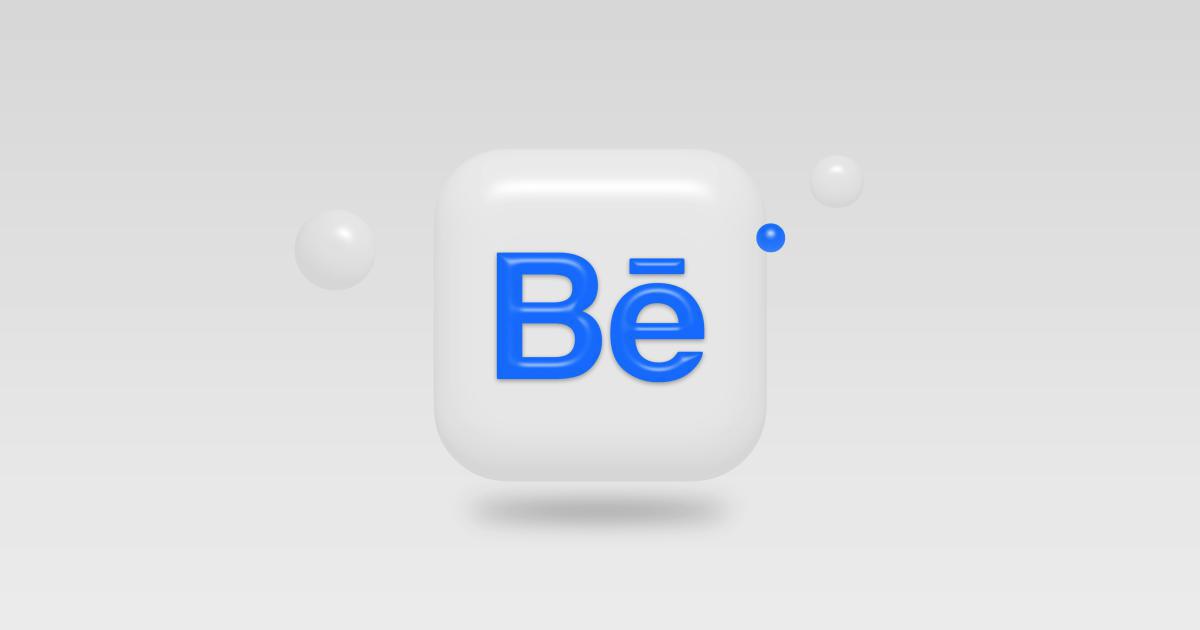
Craft your hypotheses in a clear, measurable way, such as: "Changing the CTA button color from blue to green will increase click-through rates by 10%."
Designing Your A/B Test
With your hypotheses in place, it's time to design your A/B test. This involves creating the variations of your CTA button that you want to test and establishing the parameters of your experiment.
Defining the Variations
Depending on your hypotheses, you may want to test a range of changes to your CTA button, such as:
- Button Copy: Try different wording, calls-to-action, or tone of voice.
- Button Design: Experiment with colors, shapes, sizes, or other visual elements.
- Button Placement: Test different locations on the page or within the user flow.
- Button Functionality: Explore interactive features, such as animations or micro-interactions.
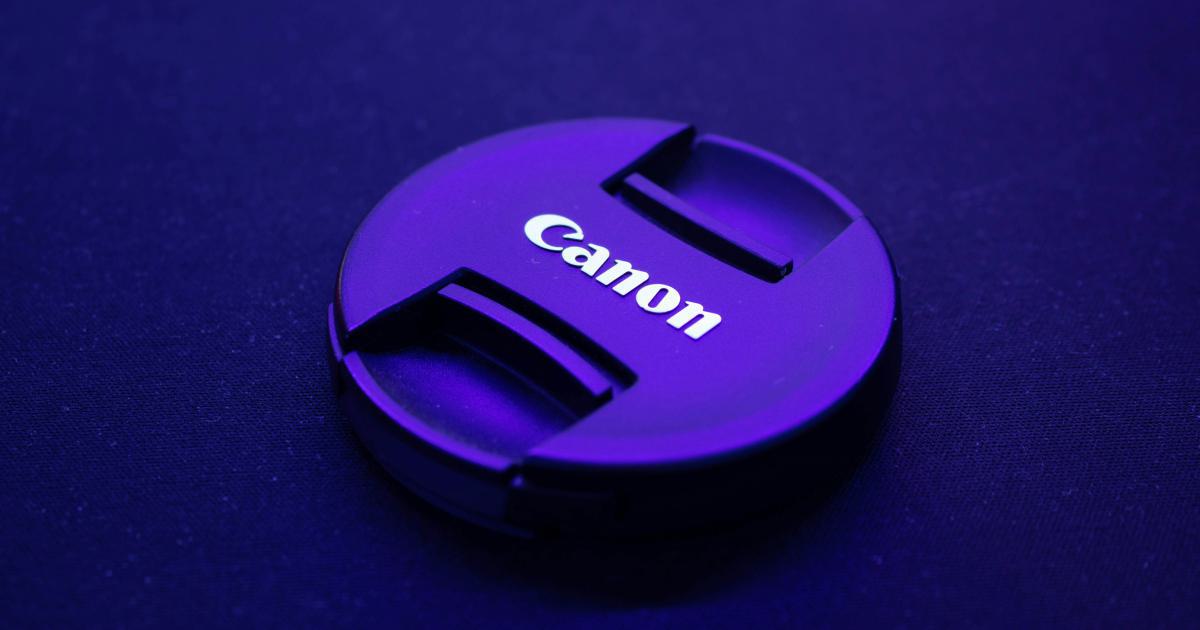
It's important to ensure that each variation is distinct enough to allow for meaningful comparison, but not so different that the results become difficult to interpret.
Establishing the Test Parameters
Next, define the parameters of your A/B test, including:
- Test Duration: Determine the length of time the test will run, ensuring that you collect enough data to draw reliable conclusions.
- Traffic Allocation: Decide how you will allocate traffic between the variations, typically using a 50/50 or 80/20 split.
- Conversion Metrics: Identify the specific metrics you will use to measure the performance of each variation, such as click-through rate, conversion rate, or revenue generated.
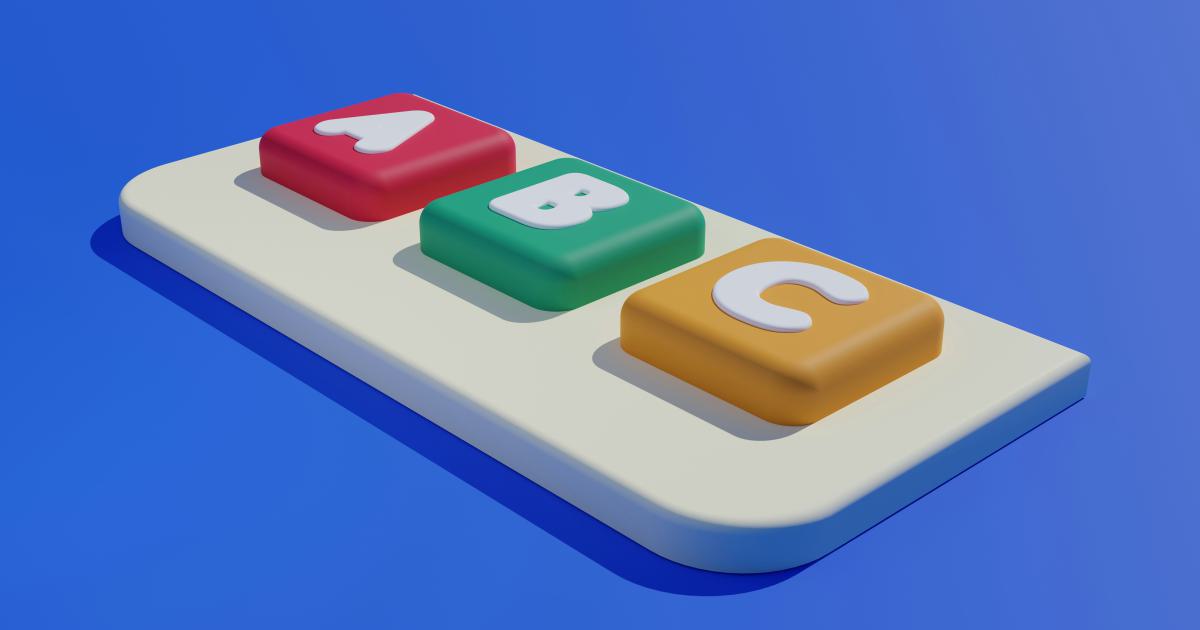
By carefully defining your test parameters, you can ensure that your A/B test provides reliable and actionable insights to inform your CTA button optimization efforts.
Implementing and Monitoring the A/B Test
With your test design in place, it's time to implement the A/B test and start collecting data. Ensure that you have the necessary tools and infrastructure in place, such as a robust A/B testing platform or content management system, to seamlessly execute the experiment.
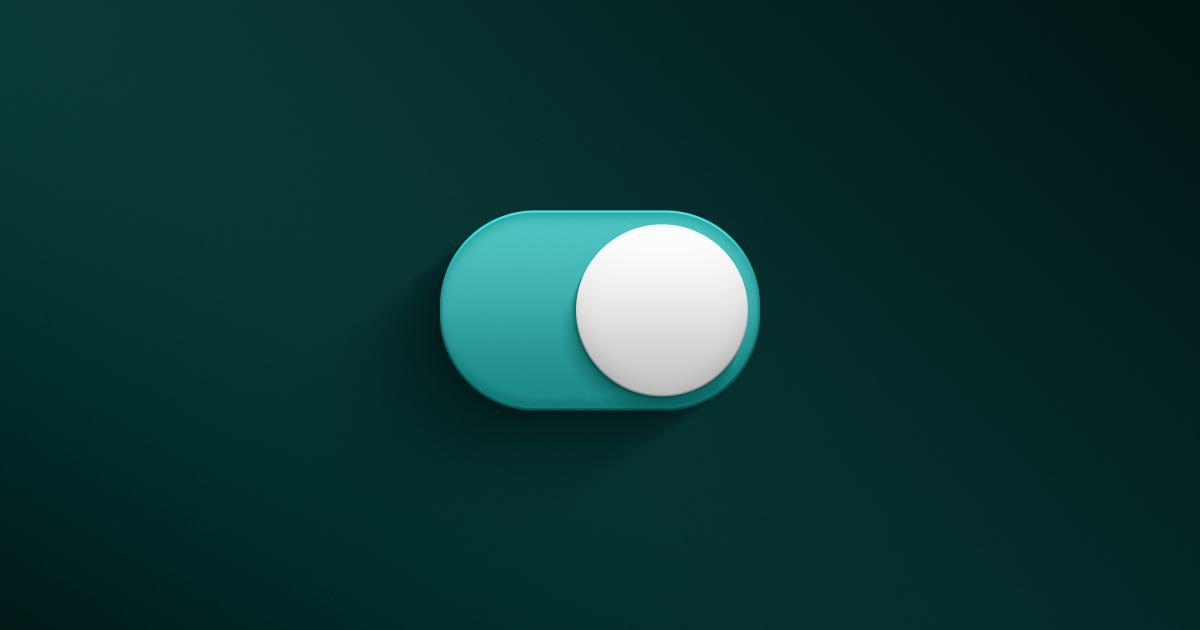
As the test runs, regularly monitor the performance of each variation, keeping a close eye on your defined conversion metrics. This will allow you to identify any trends or insights that emerge, and make adjustments to the test if necessary.
Analyzing the Results and Drawing Conclusions
Once the test duration has elapsed, it's time to analyze the results and draw conclusions. Carefully review the performance data for each CTA button variation, paying attention to the statistical significance of the differences observed.
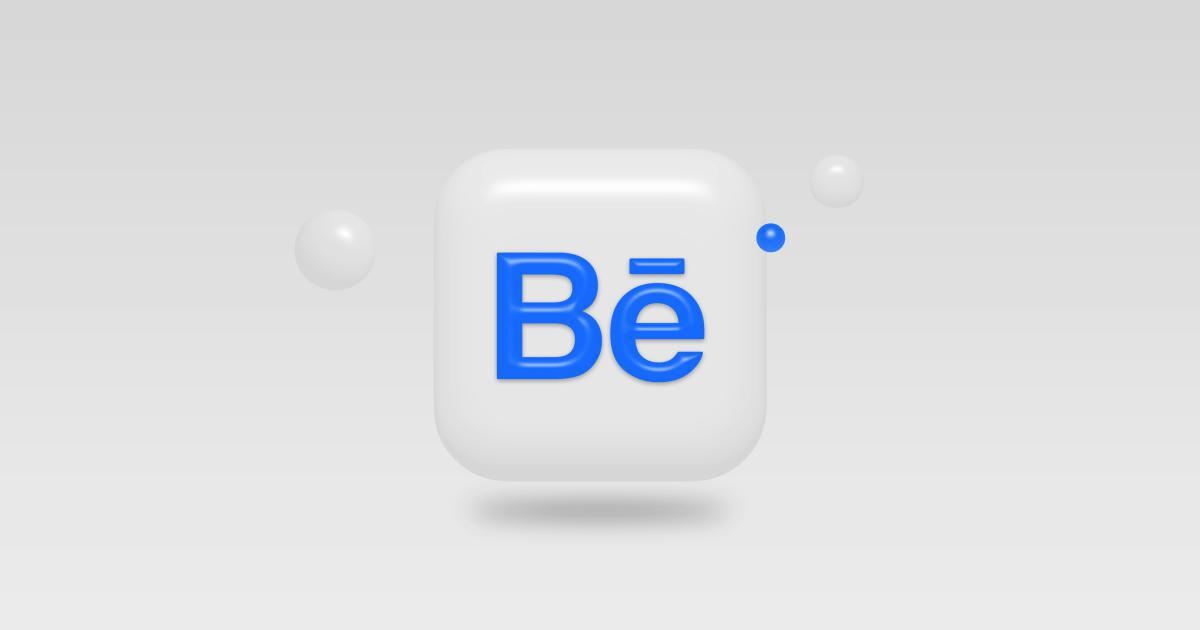
Key questions to consider when analyzing the results:
- Which variation performed better in terms of the defined conversion metrics?
- Is the difference in performance statistically significant, or could it be due to chance?
- What insights can be drawn from the data that can inform future optimization efforts?
- Are there any unexpected or surprising findings that warrant further investigation?
By thoroughly analyzing the results and drawing meaningful conclusions, you can make informed decisions about which CTA button variation to implement and continue optimizing your website's conversion funnel.
Implementing and Iterating on Winning CTA Buttons
Once you've identified the winning CTA button variation through your A/B testing, it's time to implement it and begin the process of continuous optimization.
Implementing the Winning Variation
When implementing the winning CTA button variation, consider the following best practices:
- Seamless Integration: Ensure that the new CTA button is seamlessly integrated into your website's design and user flow, maintaining a cohesive user experience.
- Clear Communication: Inform your team and stakeholders about the changes, highlighting the key insights and rationale behind the decision.
- Gradual Rollout: Consider a gradual rollout of the new CTA button, allowing you to monitor its performance and make any necessary adjustments before a full-scale implementation.
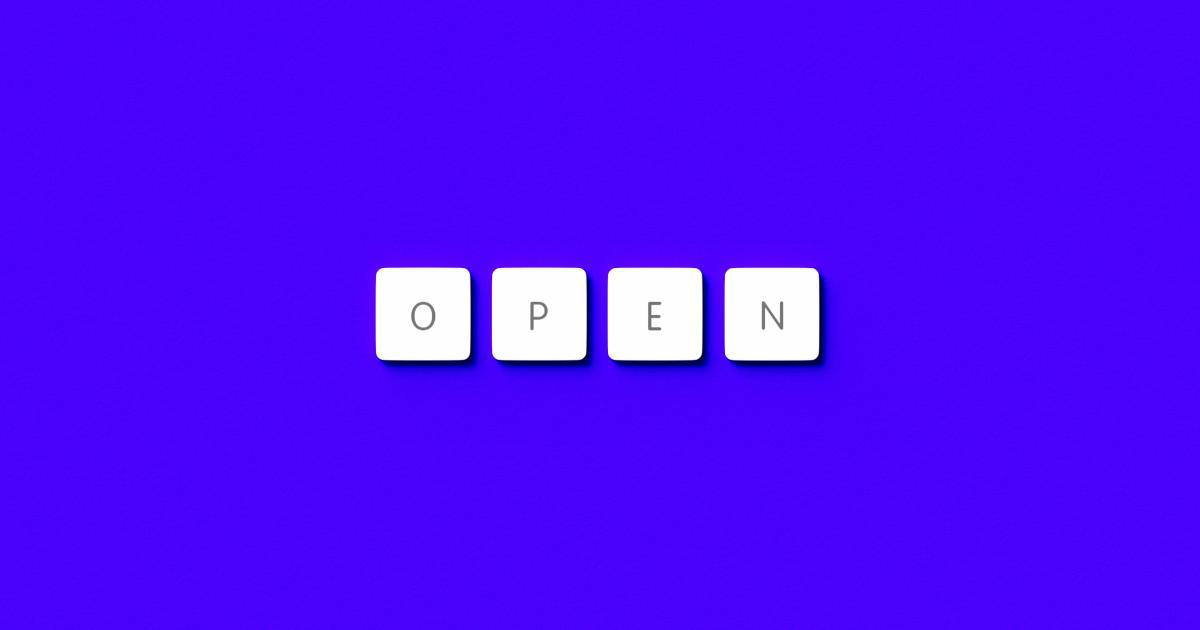
Continuous Optimization and Iteration
The process of optimizing your CTA buttons doesn't end with the initial A/B test. Continuous optimization and iteration are essential to maintaining the effectiveness of your CTAs over time.
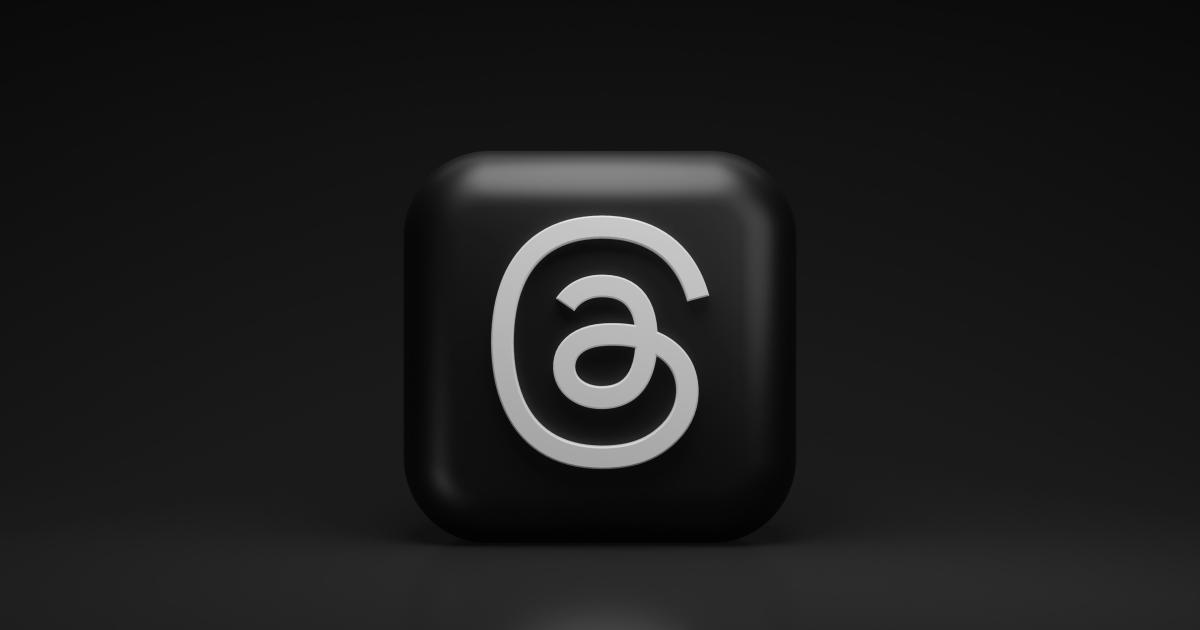
Consider the following strategies for ongoing optimization:
- Regular A/B Testing: Conduct periodic A/B tests to explore new variations and identify opportunities for further improvement.
- User Feedback and Behavior Analysis: Closely monitor user feedback and behavior to identify areas for improvement or new testing opportunities.
- Responsive Design and Optimization: Ensure that your CTA buttons are optimized for various devices and screen sizes, providing a seamless user experience across all platforms.
- Personalization and Segmentation: Explore opportunities to personalize CTA buttons based on user characteristics, preferences, or behavior.
- Integrating with Marketing Campaigns: Align your CTA button optimization efforts with your broader marketing campaigns and initiatives.
By embracing a culture of continuous optimization, you can maintain the effectiveness of your CTA buttons and ensure that your website's conversion funnel remains highly effective over time.
Conclusion: Unlocking the Full Potential of CTA Buttons
In the ever-evolving world of digital marketing, A/B testing CTA buttons is a powerful strategy for driving higher conversions and achieving greater success. By understanding the principles of effective CTA design, conducting rigorous A/B tests, and implementing a continuous optimization process, you can unlock the full potential of your website's conversion funnel.

Remember, the key to success lies in a data-driven, user-centric approach. By continuously testing, refining, and iterating on your CTA buttons, you can create a seamless and compelling user experience that ultimately drives more leads, sales, and revenue for your business.
So, embrace the power of A/B testing CTA buttons and embark on a journey of optimization that will propel your digital marketing efforts to new heights of success.